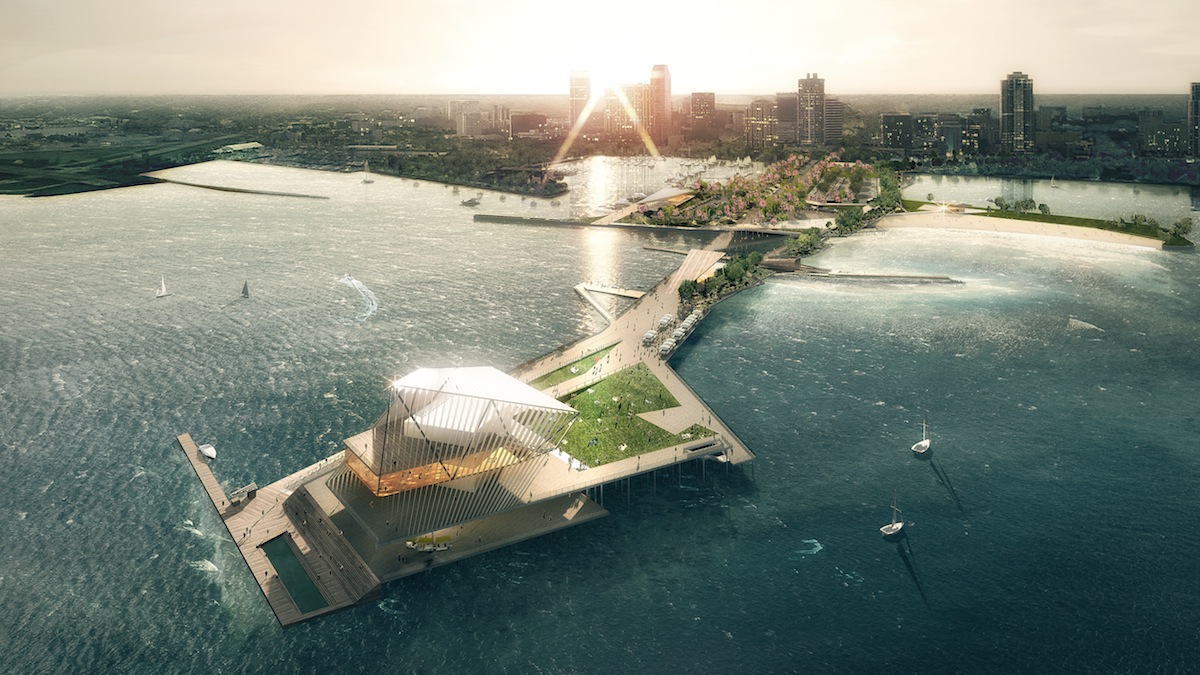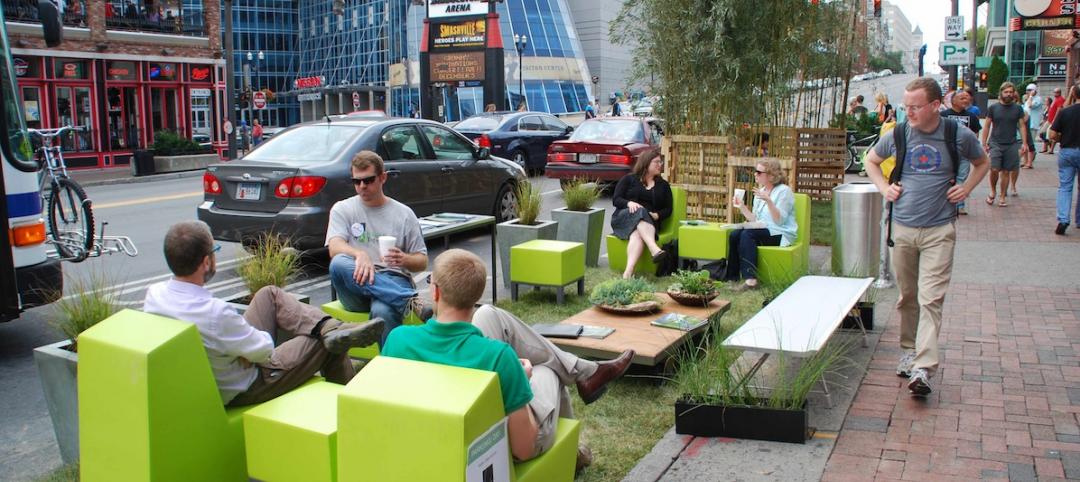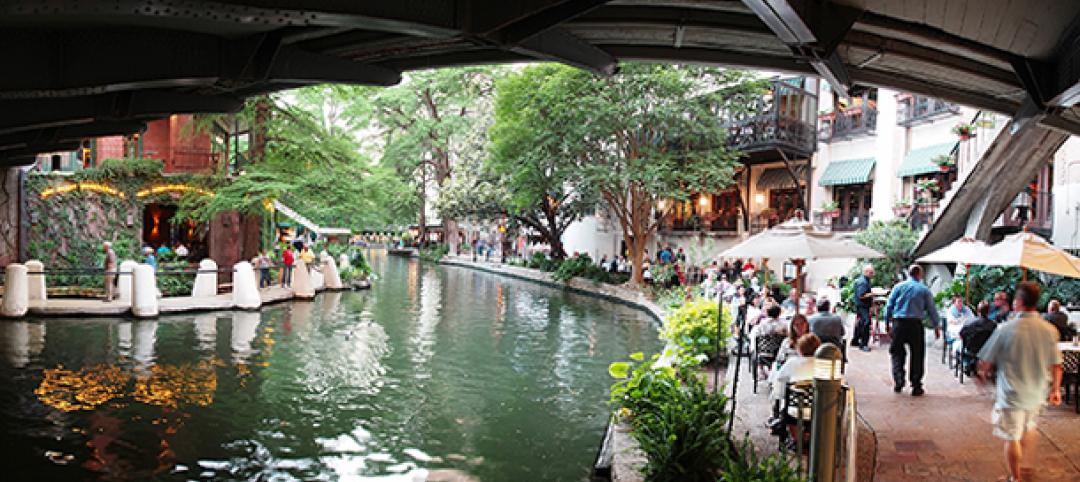St. Petersburg, Fla.'s city council today formally approved funding and contracts for the redesign of the city’s iconic landmark, the St. Petersburg Pier.
During the meeting, $5.2 million was approved for the finalized design, demolition of the current pier, and initial contracting services. The council approved $1.1 million to finalize design details and another half-million to fund pre-construction work. Demolition work is expected to be completed by the end of the year.
On May 9, the city selected the new pier’s design, a collaborative effort between Rogers Partners (lead designer), ASD (executive architect), and Ken Smith Landscape Architect.
The team's design honors the pier’s eclectic history and transforms it into a 21st-century public place. It extends the urban and recreational features of St. Petersburg into the bay itself. It also reconnects the pier to the daily life of St. Petersburg, tying into the city’s transportation and recreation systems—bike paths, jogging trails, parking location, and public transit systems—as well as new transport options like the Looper Trolley and a potential high-speed ferry.
“To accomplish the vision for a new and revitalized pier,” said Robert M. Rogers, Founder of Rogers Partners, “we are creating a place that embraces the dual role of the pier as both an icon for the city and an integral part of the St. Petersburg Waterfront—a place for tourists and everyday visitors alike, one that honors the pier’s robust, eclectic history while transforming it into a 21st-century public place.”
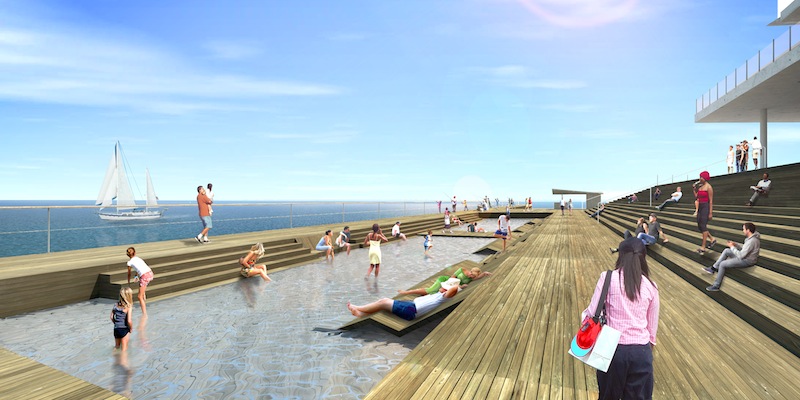
Rather than a singular and heavily programmed destination at the pier head, The Pier Park will be a platform for a multitude of smaller and more flexible programs and experiences for both tourists and the local community—from children to seniors, nature lovers to boaters, fishermen to fine diners. It will serve as a hub for activity, not only at the pier head, but all along its length.
The St. Petersburg Pier has been an essential icon in the city since the late 1800s. Throughout its history, it has existed in many forms—the original and highly successful Railroad pier of 1889, the Electric pier, the Municipal pier, the Million-Dollar pier, and finally the most recent iteration, known simply as “The Pier.”
“Each of the pier’s past incarnations had its own set of programs and uses, some more ambitious than others,” commented John Curran, Studio Leader at ASD and Lead Project Manager for the new pier. “The ones that succeeded appealed to both visitors and residents, and were active day and night, throughout the year. This flexibility was essential to our approach to the new design.”
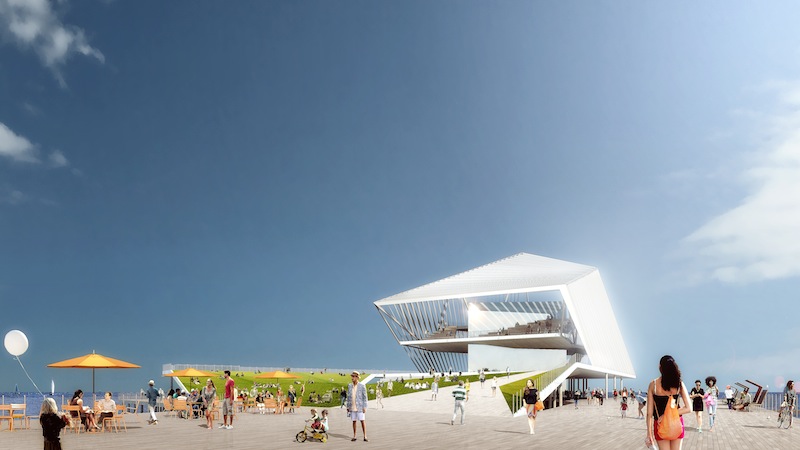
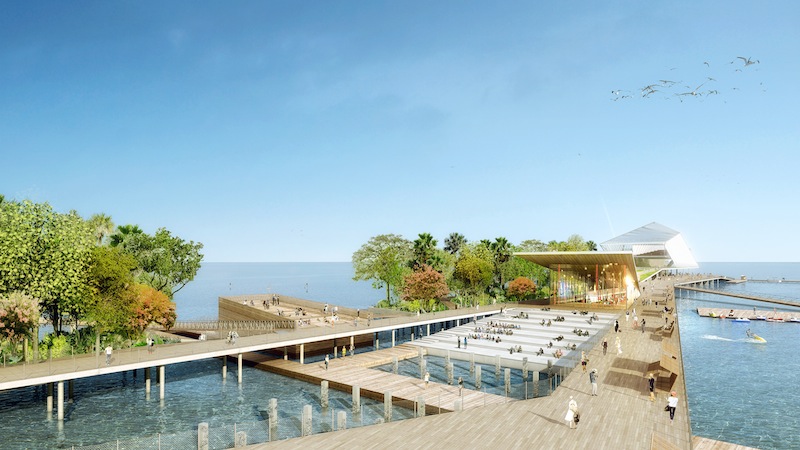
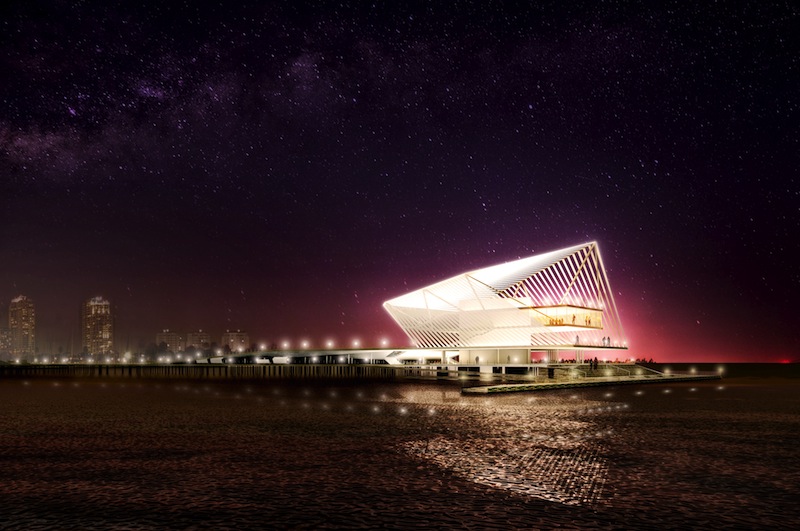
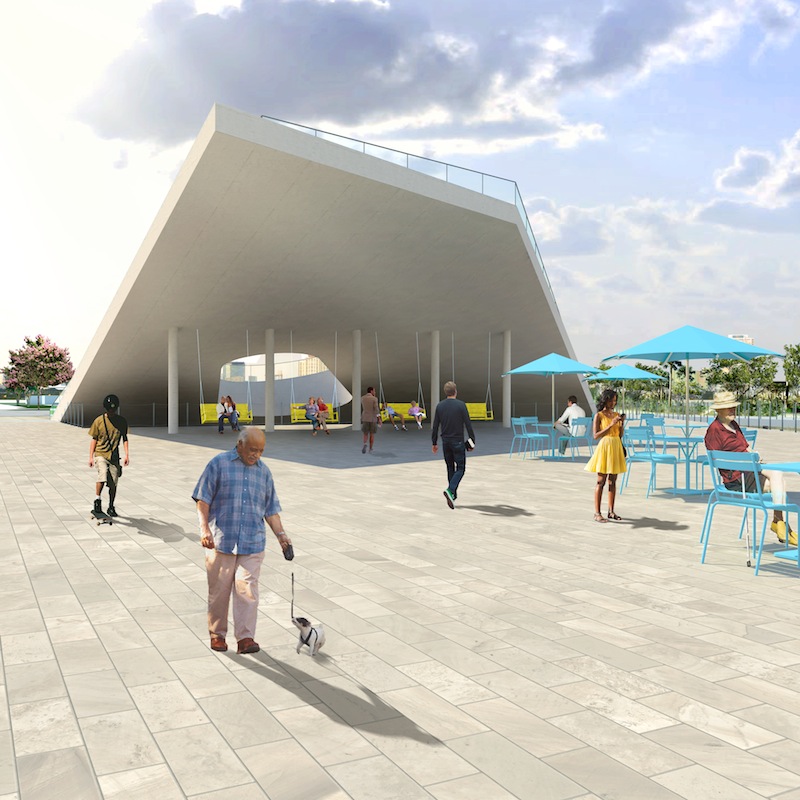
Related Stories
Multifamily Housing | May 28, 2015
Census Bureau: 10 U.S. cities now have one million people or more
California and Texas each have three of the one-million-plus cities.
Smart Buildings | May 27, 2015
Tactical urbanism: Why bigger isn’t always better in urban revitalization
A budding urban planning movement that is sprouting in cities across the globe proves that low-cost, small-scale, community-driven projects have the power to effect positive change.
Healthcare Facilities | May 27, 2015
Roadmap for creating an effective sustainability program in healthcare environments
With a constant drive for operational efficiencies and reduction of costs under an outcome-based healthcare environment, there are increasing pressures to ensure that sustainability initiatives are not only cost effective, but socially and environmentally responsible. CBRE's Dyann Hamilton offers tips on establishing a strong program.
Healthcare Facilities | May 27, 2015
Rochester, Minn., looks to escape Twin Cities’ shadow with $6.5 billion biotech development
The 20-year plan would also be a boon to Mayo Clinic, this city’s best-known address.
BIM and Information Technology | May 26, 2015
Moore's Law and the future of urban design
SmithGroupJJR's Stephen Conschafter, urban designer and planner, discusses his thoughts on the 50th anniversary of Moore's Law and how technology is transforming urban design.
Smart Buildings | May 21, 2015
Resiliency and climate change: Dual perspectives from designers at HDR
Two geographies, two perspectives, one conclusion: from Minnesota to Miami, resiliency matters, write HDR's Bob Beduhn and Lynette Cardoch.
Smart Buildings | May 1, 2015
FEMA to require states to evaluate risks posed by climate change
The aim is for states to do a better job planning for natural disasters they are likely to face in a warming world.
Smart Buildings | Jan 7, 2015
NIBS report: Small commercial buildings offer huge energy efficiency retrofit opportunities
The report identifies several barriers to investment in such retrofits, such as the costs and complexity associated with relatively small loan sizes, and issues many small-building owners have in understanding and trusting predicted retrofit outcomes.
Smart Buildings | Jan 7, 2015
Best practices for urban infill development: Embrace the region's character, master the pedestrian experience
If an urban building isn’t grounded in the local region’s character, it will end up feeling generic and out-of-place. To do urban infill the right way, it’s essential to slow down and pay proper attention to the context of an urban environment, writes GS&P's Joe Bucher.
BIM and Information Technology | Dec 28, 2014
The Big Data revolution: How data-driven design is transforming project planning
There are literally hundreds of applications for deep analytics in planning and design projects, not to mention the many benefits for construction teams, building owners, and facility managers. We profile some early successful applications.


